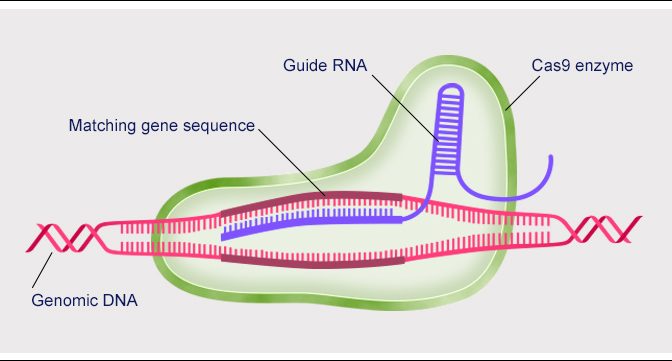After a year-long intense and bitter dispute over the rights to patent use of CRISPR-Cas9 gene editing technology in mammalian cells, the US patent office ruled in February that “there is no interference” and that the patent belongs to the Broad Institute. Needless to say, effects of this verdict extended beyond the emotions of the scientists locked in the dispute, as the shares for Editas Medicine, established by Feng Zhang from the Broad, saw a 29% jump by the close of trading. What does this mean for other biotech companies looking to harness the power of this novel technology? It would mean that they can only license the use of Broad’s patents if Editas passes on a specific disease-related application since Zhang holds the patent for application of CRISPR for disease applications. However, this does not mean that Doudna and Charpentier, the two heavyweights from the losing side of this patent battle, are going to miss out on benefitting from their discoveries. UC Berkeley has already filed patent for application of CRISPR technology on all cells, which the Broad is not contesting. Biotechs who had invested in obtaining patents through UC Berkeley may actually be able to benefit regardless of the loss in the patent fight.
The promise of CRISPR-Cas9 in disease applications, while still in its nascent stages, is a real possibility. CRISPR has yet to enter human clinical trials en masse for such purposes, although last week a team of Chinese scientists reported successful editing of normal human embryos. This hasn’t deterred popular science news outlets from speculating whether the era of designer babies is finally within sight. This may have been compounded by the recent release of a report by an international committee convened by the U.S. National Academy of Sciences and the National Academy of Medicine that cautiously suggests germline editing of human embryos sometime in the future, albeit “only for compelling reasons and under strict oversight”. The panel also suggested that the genome editing can only be undertaken after much more research on its risks and benefits. This report appears to be a cautious first step towards unlocking the so far forbidden zone of germline editing, and a move away from the moratorium previously established in December 2015 by an international group of leading scientists.
Does this imply, then, that Gattaca or similar engineered societies are upon us? It is a possibility that heritable diseases may one day be cured, but scientists warn us that engineering complex traits such as intelligence are still a pipe dream. These utopian societies are based on the fantasy of engineering the human species to be “harder, better, stronger, faster”; however, they completely ignore the scientific evidence that such adjectives usually are applied to traits that require reciprocity between the genetics and the environment. While genetics play a part, the environment of the individual, along with other factors such as diet, lifestyle and socioeconomic status heavily influence such traits. Even making small changes in the genome has been a challenge, as shown by the efforts to “fix” the mitochondrial genome of babies using the three parent approach.
The question then becomes whether we can engineer designer babies or not, but rather should we be doing such a thing. It would help to note that this obsession with making human beings “better” is rooted in eugenics and racial supremacy, and history is rife with such examples. What the futurists or people who propagate such ideas are missing out on is that evolutionary changes are not meant to make any species more “efficient” as is understood in technological vernacular, but rather help the organism adapt better to the changing environment. This understanding perhaps would help shed more light on the role of the environment and pull us out of our obsession with genetic determinism. Maybe if we ARE to build better human beings, we should start by fixing our environmental problems, such as pollution, climate change, deforestation, the threat of extinction to a large variety of organisms, etc. The promise of genetic engineering should not blind us to what is more important at the moment. Like they say – “one bird in hand is better than two in the bush” and if we don’t do our part to save the environment, we won’t have any bushes or birds left.


